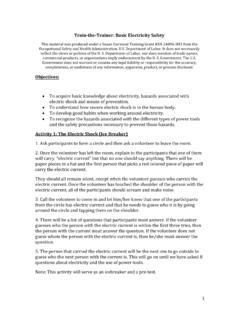Transcription of MODULE 1 - courses.ownerbuildercentre.com.au
1 NEW SOUTH WALES OWNER BUILDER COURSE MODULE 1 WORK HEALTH AND SAFETY CPCCWHS2001 Apply WHS requirements, policies and procedures in the construction industry TRAINING MATERIALS 2019 Edition OWNER BUILDER CENTRE 36 131 189 136 (RTO ID 91528) Ph: 1300 730 752 Email: NSW Owner Builder Course MODULE 1: Work Health and Safety 1 Owner Builder Centre 2019 TABLE OF CONTENTS Introduction .. 3 Chapter 1: Identify and assess risks .. 4 Identify, assess and report hazards in the work area to designated personnel .. 4 Report safety risks in the work area based on identified hazards to designated personnel .. 6 Follow safe work practices, duty of care requirements and safe work instructions are followed for controlling risks .. 11 Constribute to WHS, hazard, accident or incident reports in accordance with workplace procedures and Australian government and state or territory WHS legislation and relevant information.
2 13 Chapter 2: Identify hazardous materials and other hazards on work sites 21 Correctly identify and, if appopriate, handle and use hazardous materials on a work site in accordance with legislative requirements and workplace olicies and procedures .. 21 Apply measures for controlling risks and construction hazards effectively and immediately .. 24 Use appropriate signs and symbols to secure hazardous materials that have safety implications for self and other workers, immediately as they are 26 Identify asbestos-containing materials on a work site and reported to designated personnel .. 29 Chapter 3: Plan and prepare for safe work practices .. 31 Identify, wear, correctly fit, use and store correct personal protective equipment and clothing for each area of construction work in accordance with workplace procedures.
3 31 Select tools, equipment and materials, and organise of tasks in conjunction with other personnel on site and in accordance with workplace procedures .. 33 Determine required barricades and signage and erect at the appropriate site location .. 34 Apply material safety data sheets (MSDS), job safety analyses (JSA) and safe work method statements (SWMS) relevant to the work to be performed .. 36 NSW Owner Builder Course MODULE 1: Work Health and Safety 2 Owner Builder Centre 2019 Chapter 4: Apply safe work practices .. 40 Carry out tasks in a manner that is safe for operators, other personnel and the general community, in accordance with legislative requirements, and workplace policies and procedures .. 40 Use plant and equipment guards in accordance with manufacturers specifications, work site regulations and Australian Standards.
4 40 Follow procedures and report hazards, incidents and injuries to relevant authorities .. 43 Recognise and do not use prohibited tools and equipment in areas containing identified asbestos .. 45 Identify and follow requiremnets of work site safety signs and 47 Clear and maintain work site area to prevent and protect self and others from incidents and accidents, and to meet environmental requirements .. 48 Chapter 5: Follow emergency 55 Identify designated personnel in the event of an emergency for communication purposes .. 55 Follow safe workplace procedures for dealing with accidents, fire and other emergencies, including identification and use, if appropriate, of fire equipment within scope of responsibilities .. 56 Describe, practice and effectively carry out emergency response and evacuation procedures when required.
5 58 Carry out emergency first aid treatment of minor injuries and, as soon as possible, accurately report treatment details to designated personnel .. 60 Glossary: .. 62 References: .. 65 WHS MANUAL: .. 66 NSW Owner Builder Course MODULE 1: Work Health and Safety 3 Owner Builder Centre 2019 INTRODUCTION This learner guide is aimed at providing you with the knowledge and skills required to apply a generic approach to identify hazards and assess and control hazards and risks at the construction work place. It addresses the underlying knowledge and skills required to provide a systematic approach to hazard identification, risk assessment and risk control. The emphasis is on eliminating risk or, where this is not possible, minimising risk.
6 You will develop your skills about how to: Identify and assess risks Identify hazardous materials and other hazards on work site Plan and prepare for safe work procedures Apply safe work practices Follow emergency procedures What will I learn? The learning materials provide opportunities to develop employability skills that are learnt throughout work and life, to your job. Completed activities and summative assessments must be able to demonstrate competent employability skills in the workplace. Communication Communicate with clients, colleagues and others using effective and appropriate drawings Understands, interprets and applies information as required from relevant: Problem Solving Read and understand work requirements Planning and Organising Identifies requirements, applies relevant resources and sequences tasks Manage and priorities to complete the work Follow procedures and techniques relevant to the equipment and work being done Self- management Take responsibility for planning and organising own work priorities and completing assigned tasks Learning Understand the characteristics, technical capabilities, limitations and procedures of various tools and equipment used to crate drawings.
7 NSW Owner Builder Course MODULE 1: Work Health and Safety 4 Owner Builder Centre 2019 CHAPTER 1: IDENTIFY AND ASSESS RISKS A hazard is an actual or potential source of injury, ill health or disease in the workplace. In this chapter, you will learn about how to identify and assess risks. Identify, assess and report hazards in the work area to designated personnel In the building industry your workplace will inevitably contain many hazards. It is vital that you are able to identify these hazards, so action can be taken to reduce or eliminate them. construction work often involves a dynamic working environment therefore hazards can change daily and need to be systematically managed. What are risks and hazards? Let s begin by looking at what hazards and risks actually are.
8 A hazard is an actual or potential source of injury, ill health or disease in the workplace. Hazards may include: source or a situation with a potential for harm in terms of human injury or ill health damage to property damage to the environment or any combination of the above. Workplace hazards are not always obvious, and some hazards will result in long term health problems rather than immediate injuries. An example of such a hazard is exposure to dangerous substances and materials such as asbestos. A risk on the other hand is the likelihood that a hazard will cause the injury. We will look at risks in greater detail later in this section of the MODULE . Hazards in the residential construction industry can arise in a number of ways. These could be through: an activity such as operating or maintaining equipment a situation such as power cables left across a floor an arrangement such as poor signage in no go zones a circumstance such as poor weather conditions causing slippery surfaces an event such as the arrival of and unloading of supplies to a construction area an action such as movement of an overhead hoist a process which may involve using hazardous materials or substances misusing tools or equipment such as hand tools, ladders and the like.
9 Hazards include: chemical spills electrical safety work in confined spaces excavations, including trenches falling objects fires gases NSW Owner Builder Course MODULE 1: Work Health and Safety 5 Owner Builder Centre 2019 hazardous materials high or very low temperatures HIV and other infectious diseases liquids under pressure manual handling moving machinery and equipment noise , dust and vapours overhanging beams protrusions sharp equipment traffic ultraviolet (UV) radiation unplanned collapse working at heights Types of Hazards in the construction Industry In the construction industry there are many types of jobs and work functions and therefore there will be a wide range of hazards to deal with. Generally, hazards can be divided into 5 different categories.
10 These are: Physical Hazards noise can result in short term and permanent hearing loss Temperature extremes can result in hypothermia etc Slips, trips and falls Mechanical hazards entrapment, crushing, explosion etc Vibration whole body and segmental Eye damage impact, particles, chemicals and radiation Radiation non-ionising, UV light, ionising X rays Electrical severe burns and death Structural collapse Working at heights Chemical Hazards Gases, dust, vapour, liquids can affect the body through: Intoxication especially solvents Inhalation breathing in smoke, dust fumes etc Ingestion swallowing of chemicals contaminated food etc Skin burns, rashes and dermatitis through contact with liquids, powder, gases etc Chronic exposure substances such as lead, and arsenic can accumulate in bones and organs Biological Hazards Bacteria, viruses from bird and rodent droppings Mould and Mildew Body fluids and blood borne diseases ( : HIV, hepatitis) Legionella NSW Owner Builder Course MODULE 1.
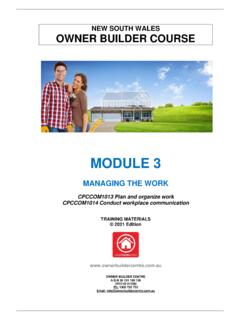

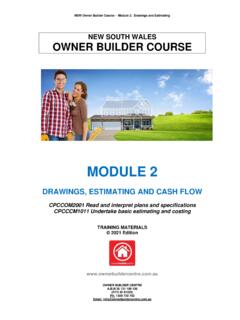



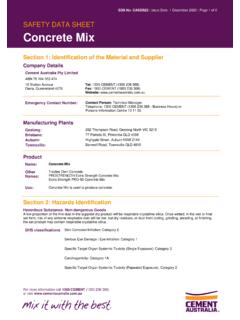
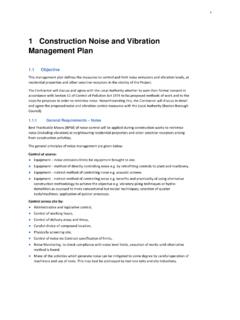
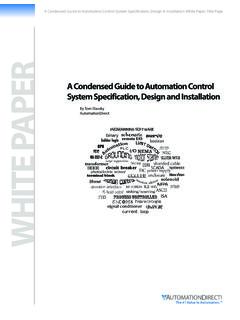
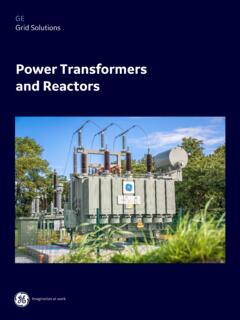

![J1. Definitions [rps/rcp/rp/dp] - Auckland Council](/cache/preview/d/d/2/a/0/8/d/0/thumb-dd2a08d06e371f3ed80cf4e9fa2dd563.jpg)
